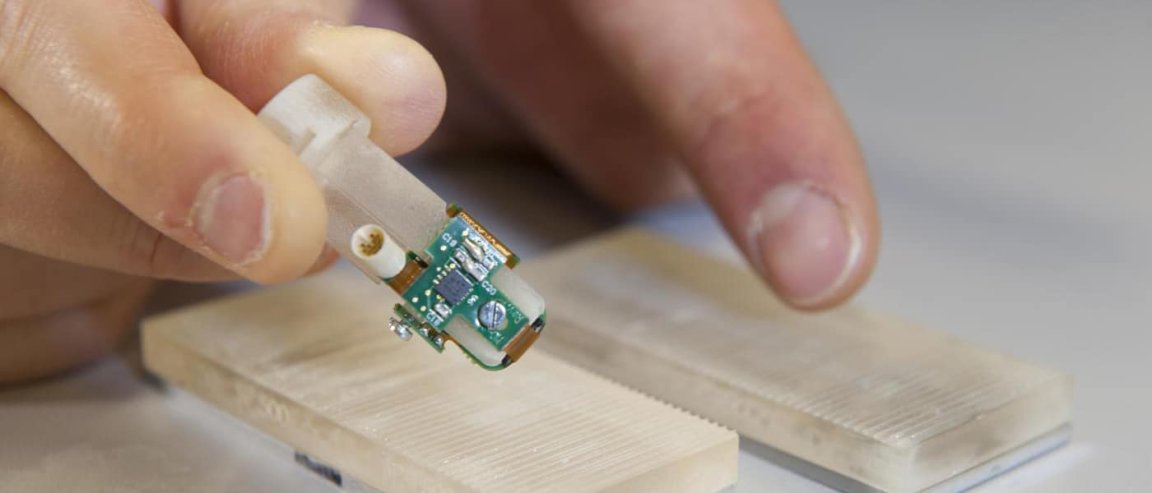
Breakthrough Medicine
Realistic sensations of touch can be simulated in amputees, in a method discovered by neuroscientists from the University of Chicago and Case Western Reserve University. The study can be accessed through Science Translational Medicine.
The study is the second of two publications this month from University of Chicago’s Sliman Bensmaia. He used neuroprosthetic devices that mimicked natural touch in amputees and quadriplegic patients. A previous publication discussed the groundbreaking development of a paralyzed man able to experience touch through a robotic arm which he could control with his mind. Electrode implants in the brain’s locomotion control centers showed great success in restoring movement and sensation to the paralyzed man.
The latest study used the same approach for amputees. The patients involved in the study each lost an arm after getting seriously injured. Electrodes were implanted in the neural interfaces of the median, ulnar and radial nerves of the arm—the network of nerves where signals would synaptically pass from the hand, were it still there.
A Learning Hand
“If you want to create a dexterous hand for use in an amputee or a quadriplegic patient, you need to not only be able to move it, but have sensory feedback from it,” said Bensmaia. “To do this, we first need to look at how the intact hand and the intact nervous system encodes this information, and then, to the extent that we can, try to mimic that in a neuroprosthesis.”
The electrode implants and “sensing” prosthetics are created from robotic technology that uses smart learning algorithms that can process different touch locations, pressure levels, the direction and speed of touch.
New technologies that are able to restore function to humans who have been impaired either from birth or from accidents. The improvement of lives is a central thrust in the sciences that revolutionizes how each of us live.